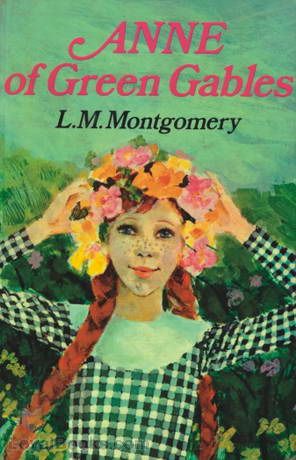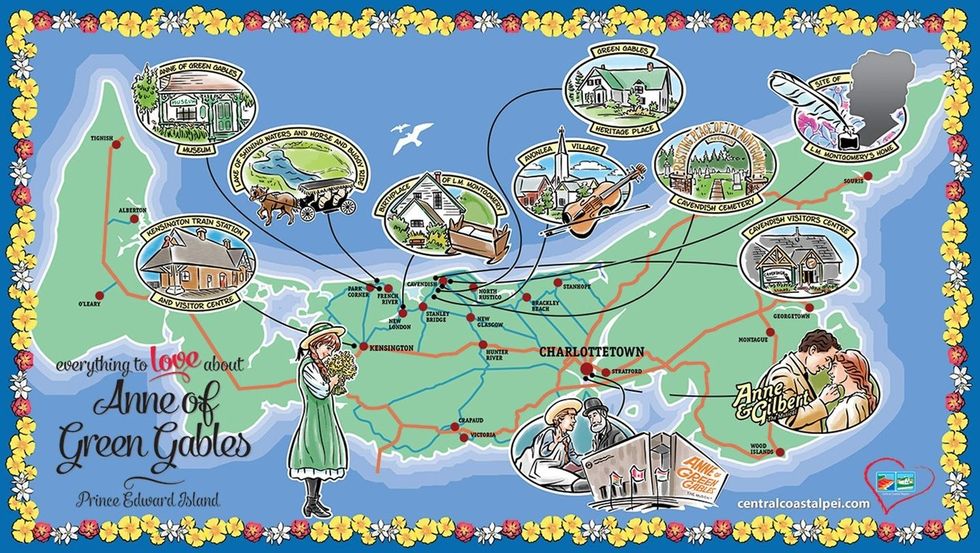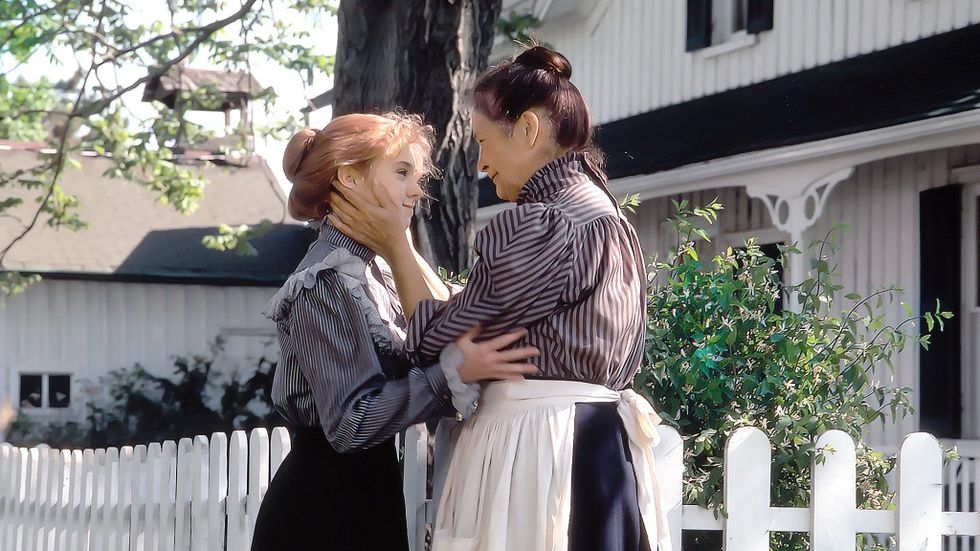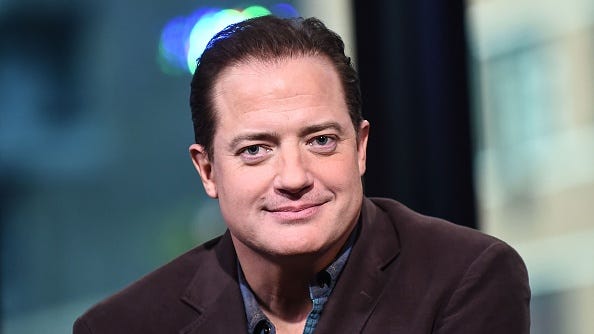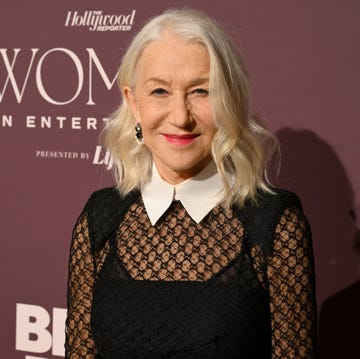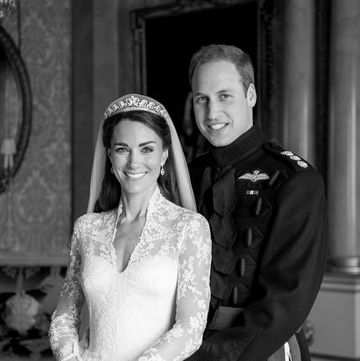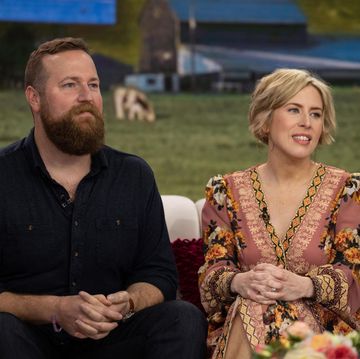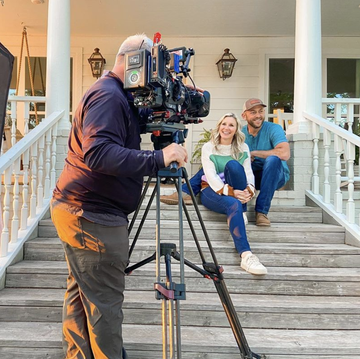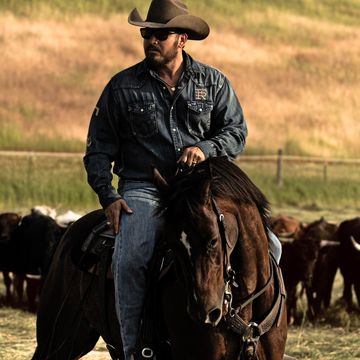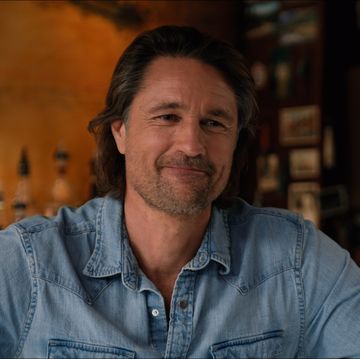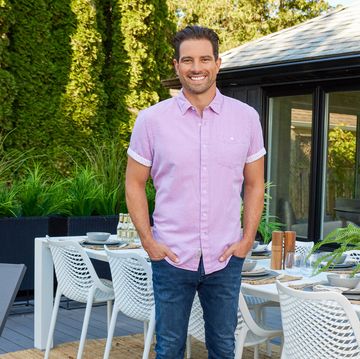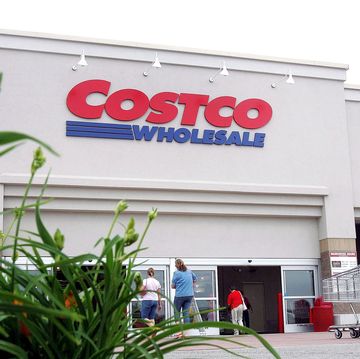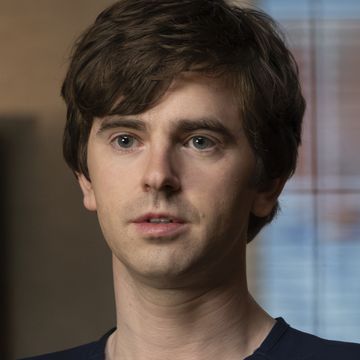If one were to look at my childhood bedroom in my parents' modest-but-comfortable suburban home and compare it to my current, pint-sized city apartment, they would find scant similarities. In fact, there would be virtually only one: a tall, looming bookshelf stacked several rows deep and still overflowing.
I've enjoyed reading for as long as I can remember, though I haven't always enjoyed the books I've chosen to read. Due to a combination of academic curiosity and extreme stubbornness, my early adolescence was spent tearing through classic novels and their subsequent sequels, whether I liked them or not. While my peers were flipping through The Baby-Sitters Club and Goosebumps, I had Little Women and The Black Stallion in my backpack.
Now, more than 15 years later, one classic book series remains the most significant in my memory, in part because of the amount of time I invested in it, but also because of my feelings of overall disdain towards it, while others seem to revere it so. I'm talking about Anne of Green Gables.
I don't remember when, where, or why I picked up my first copy. My strongest guess is that as a big fan of Annie, I was drawn to this other redheaded orphan of the same name. What I do remember is the hours I spent, lying in bed, gingerly tracing my finger across the map of Prince Edward Island on the inside of the book cover. I've always loved geography, so whenever I found myself bored, confused, or annoyed by Anne Shirley, I would flip to the map. This happened so often that I spent more time studying the fictitious map of P.E.I. than I did on the written pages of L.M. Montgomery's six Anne novels.
Here's the thing: Anne of Green Gables is marketed as being a timeless children's story, but for me, it was neither of those things. While elements of the story are timeless, much of the language and content is severely dated, and trying to translate it to my limited child-of-the-90s understanding caused me a lot of stress. I was a devout reader with a pretty comprehensive vocabulary, but being consistently presented with words and concepts that I had never heard of before left my head swimming.
One of my many tragic misunderstandings was that of the "bosom friend."
I had never seen the word "bosom" before. I didn't know what it meant or how it was supposed to be pronounced. The internet was not easily accessible back then. My parents weren't big readers, and I often felt embarrassed asking them about words. I'm sure there had to have been a dictionary somewhere in my house, but when you're young and snuggled in bed with a flashlight, reading long past bedtime, the idea of going hunting for a heavy, dusty, and surely misplaced reference book is the last thing you want to do.
In my head, I pronounced "bosom" as if it rhymed with "possum." I tried, as I was taught in school, to use "context clues" to figure out what was going on in the story. Anne and Diana were in a garden when the friendship proposal happened, so I decided that perhaps the author made a typo and intended to write "blossom." A "blossom friend" sounded nice.
Eventually I learned what the word "bosom" meant and how it was pronounced, but that sent me into another tizzy. I wasn't interested in potty humor, but the idea of linking a friend to my breasts made me blush. There had been an over-the-top focus on Diana's beauty, and Anne's desperate pleading in the garden made me question the nature of their relationship. Subsequent events in the story made it clear that the two young women were nothing more than friends, but not before many head-scratching hours on my part.
Aside from the language, I also had a difficult time reconciling many plot points: Specifically, Anne's path to (and from) higher education. It did not sit well with me that Anne had a teaching certificate at age 16, and it devastated me when she decided to give up her college scholarship to stay at Green Gables. The former, because I felt like she matured unrealistically fast in 5 years—I was close to Anne's age while reading, and suddenly, I could no longer relate to her—and the latter, because it went against everything I was being taught in real life.
My mother had been in a situation similar to Anne. She was attending college when her mother passed away, and she ended up dropping out to move back home. To date, it is one of her biggest regrets. When it was time for me to start my own degree, my mother gripped my shoulders and made me swear (no, Diana, not that kind of swearing) that no matter what happened, I would finish my schooling.
While I sincerely understood her reasons, Anne disappointed me in that moment. I continued to be disappointed and disconnected through the rest of the series as Anne repeatedly made decisions I disagreed with, such as every single interaction with Gilbert up to (and including) their engagement. Yet, somehow, every factor of her life seemed to come together perfectly, despite her poor choices.
The popularity of the new Anne of Green Gables movie and upcoming Netflix series has me questioning whether I should give Anne a second chance. I'm older now, and better capable of translating one-hundred-year-old ideas and lingo, as well as separating fact from fiction. Who knows? At the very least, I know I'll like the map page.
Follow Country Living on Pinterest.

